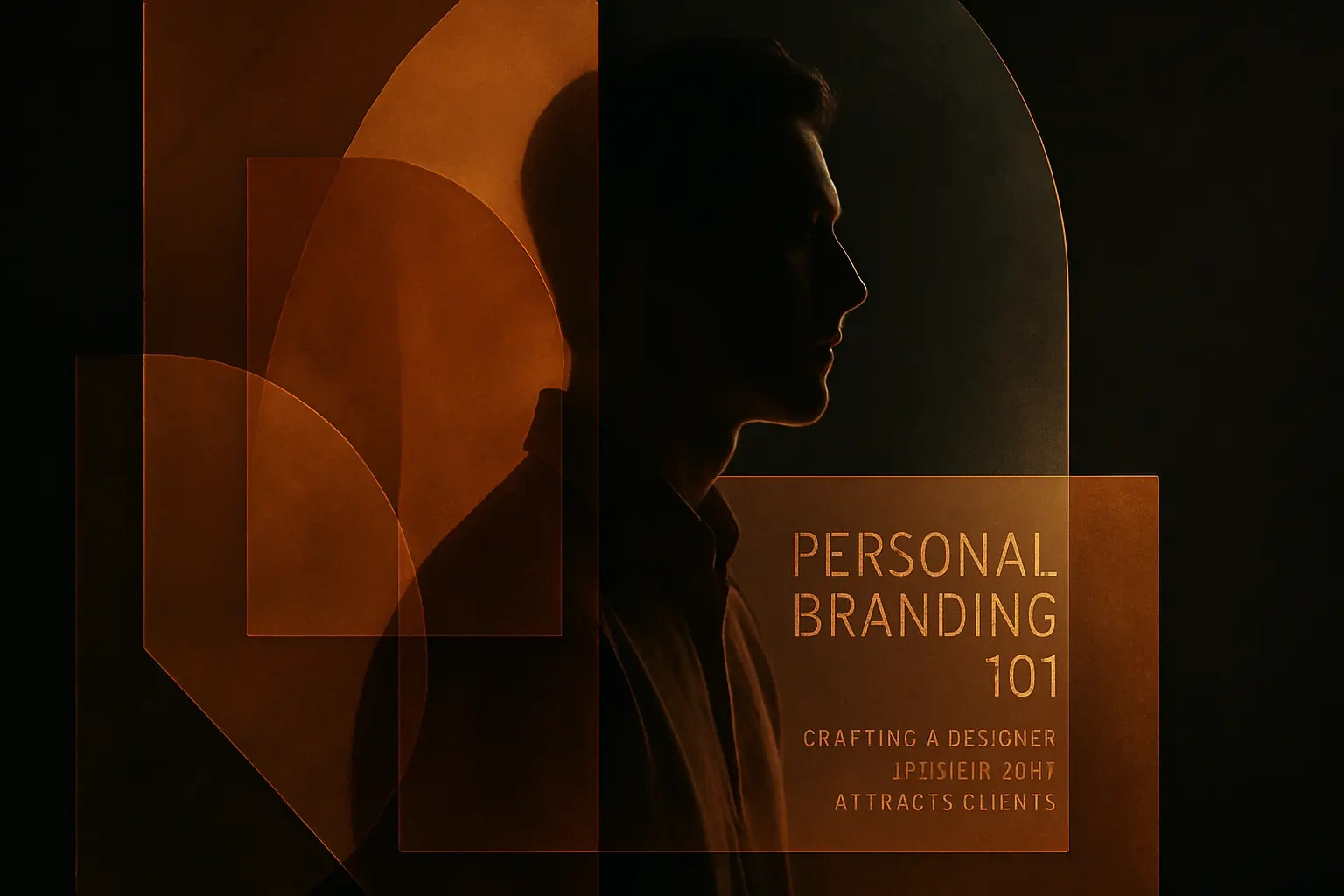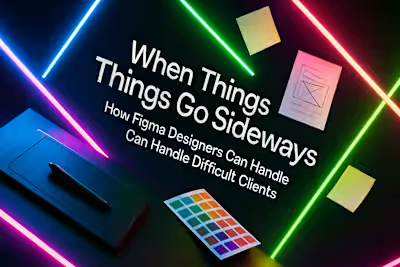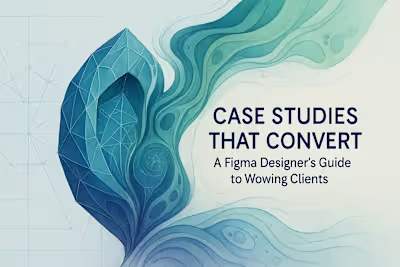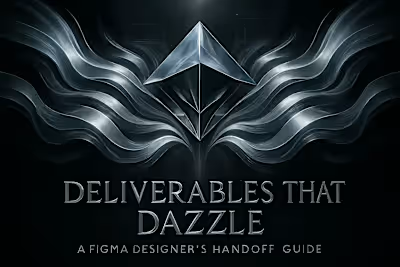Personal Branding 101: Crafting a Designer Image That Attracts Clients

Personal Branding 101: Crafting a Designer Image That Attracts Clients
What is a Personal Brand and Why Do You Need One?
Moving Beyond a Service Provider to an Expert
Building Trust and Credibility
Attracting Your Ideal Clients
Step 1: Define Your Brand Foundation
Identify Your Core Values and Mission
Define Your Unique Value Proposition (UVP)
Identify Your Target Audience
Step 2: Create a Consistent Visual Identity
Designing Your Logo and Brand Marks
Choosing Your Color Palette and Typography
Applying Your Visuals Consistently
Step 3: Craft Your Brand Voice and Messaging
Defining Your Tone
Writing Your Bio and About Page
Preparing Your Elevator Pitch
Step 4: Build and Showcase Your Brand
Your Portfolio as a Brand Cornerstone
Sharing Your Expertise Through Content
Networking with Intention
References
Personal Branding 101: Crafting a Designer Image That Attracts Clients
What is a Personal Brand and Why Do You Need One?
Moving Beyond a Service Provider to an Expert
Building Trust and Credibility
Attracting Your Ideal Clients
Step 1: Define Your Brand Foundation
Identify Your Core Values and Mission
Define Your Unique Value Proposition (UVP)
Identify Your Target Audience
Step 2: Create a Consistent Visual Identity
Designing Your Logo and Brand Marks
Choosing Your Color Palette and Typography
Applying Your Visuals Consistently
Step 3: Craft Your Brand Voice and Messaging
Defining Your Tone
Writing Your Bio and About Page
Preparing Your Elevator Pitch
Step 4: Build and Showcase Your Brand
Your Portfolio as a Brand Cornerstone
Sharing Your Expertise Through Content
Networking with Intention
References
Posted Jul 6, 2025
Your design skills are only half the battle. Learn how to build a powerful personal brand as a Figma designer to attract your ideal clients and command higher rates.










